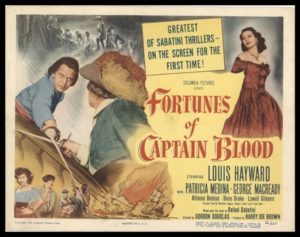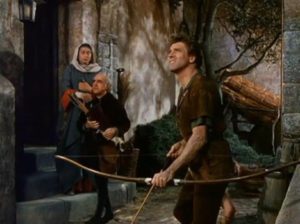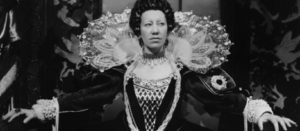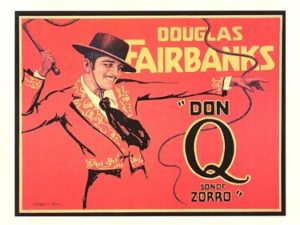Fortunes of Captain Blood
Fortunes of Captain Blood
Rating: ***
Origin: USA, 1950
Director: Gordon Douglas
Source: Columbia / Sony DVD

This starts out as a conventional pirate adventure, but takes an unusual turn after Captain Blood (Louis Hayward) learns that six of his crew have been captured and enslaved by the heartless Marquis de Riconete (George Macready). To try to find a way to free them, Blood leaves his ship and the rest of his crew behind and makes his way alone, disguised as a peasant, into the Spanish colonial port town of La Hacha. There, acting much like an undercover detective, he moves through a shadowy world of devious slavers, murderous smugglers, greedy jailers, and desperate women, in a story that feels less like a pirate adventure than a filibuster noir. (See, that’s clever, because “filibuster” is an old word that also used to mean “buccaneer.”)
Though some sources call this a remake of the 1935 Captain Blood, it’s not, it’s based on writer Rafael Sabatini’s The Fortunes of Captain Blood (1936), a collection of six linked short stories about Peter Blood. And in fact, the plot here reflects the sort of tale of betrayal and shifting loyalties Sabatini did so well. But as always in a Sabatini story victory goes to the adroit and clever man who nonetheless never betrays his own code of honor.
Matching the dark tone of the story, when violence breaks out it’s hard and brutal, unusually so for the Hollywood of 1950. The escape from the prison feels genuinely dangerous. Likewise, the final confrontation at sea between Blood’s ship, trapped in a bay, and the marquis’s much larger galleon, takes some sharp and unexpected turns—thanks, once again, to ideas borrowed from Sabatini. Thus, despite the slow start in La Hacha, this film pays off handsomely in the end.


